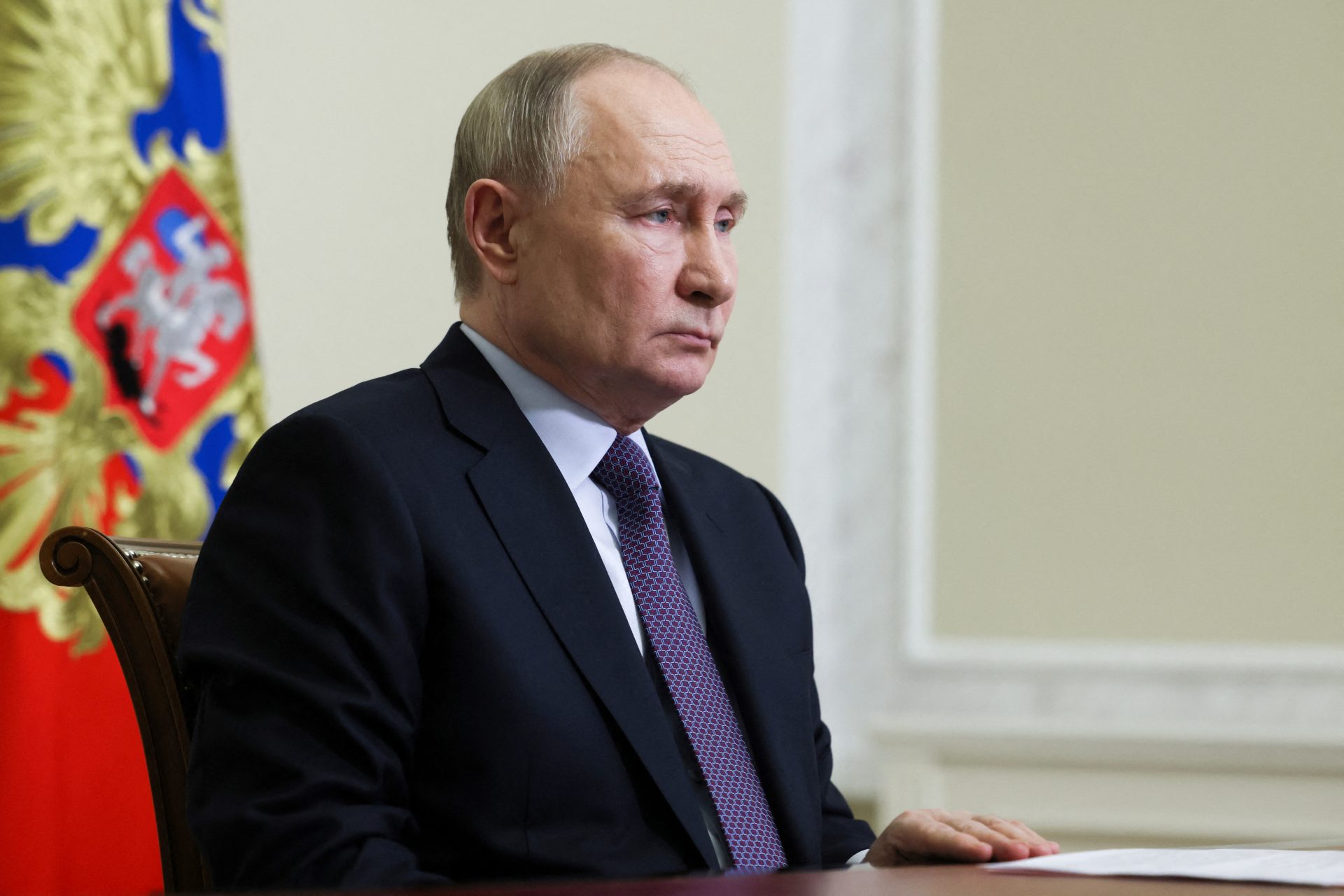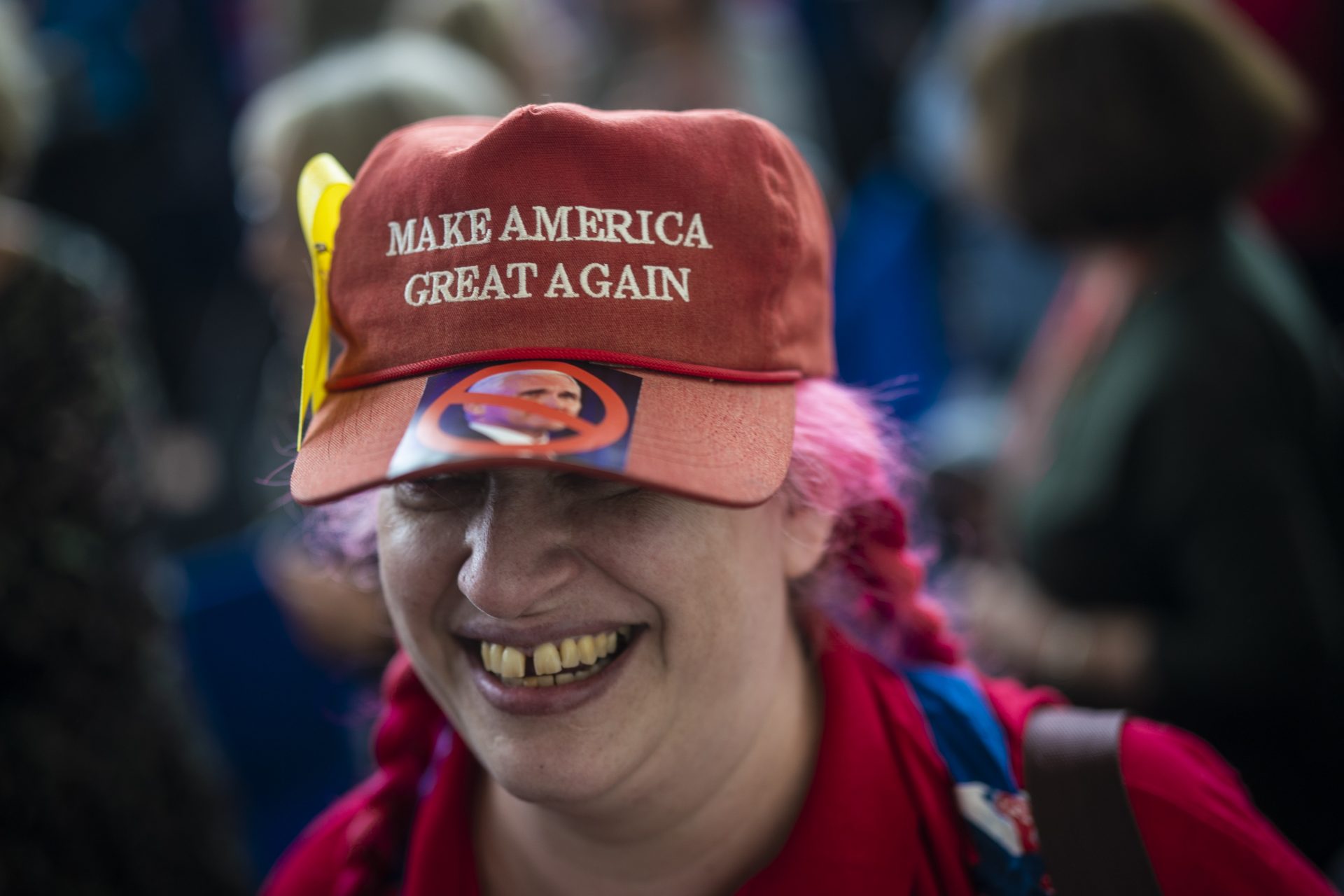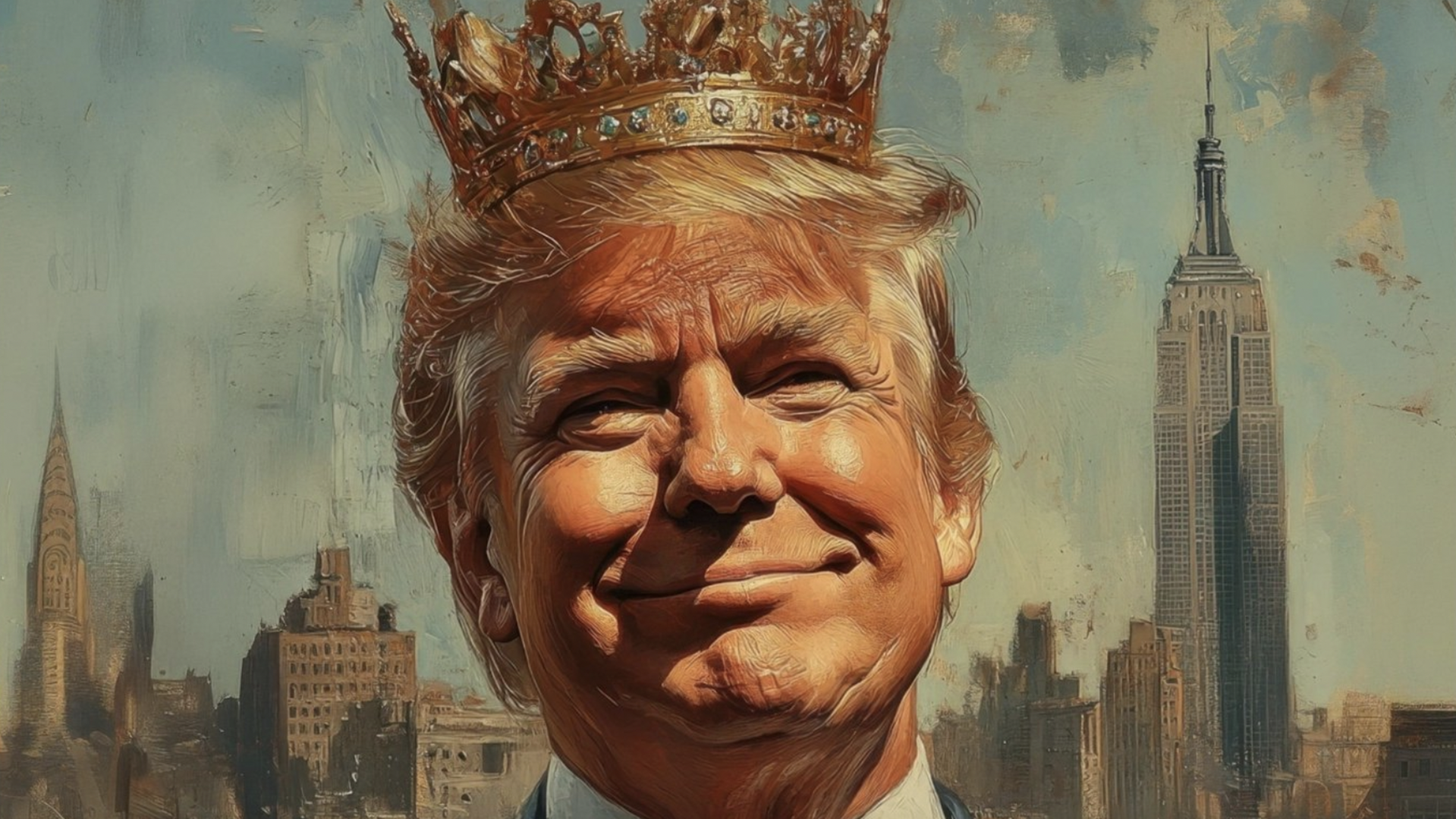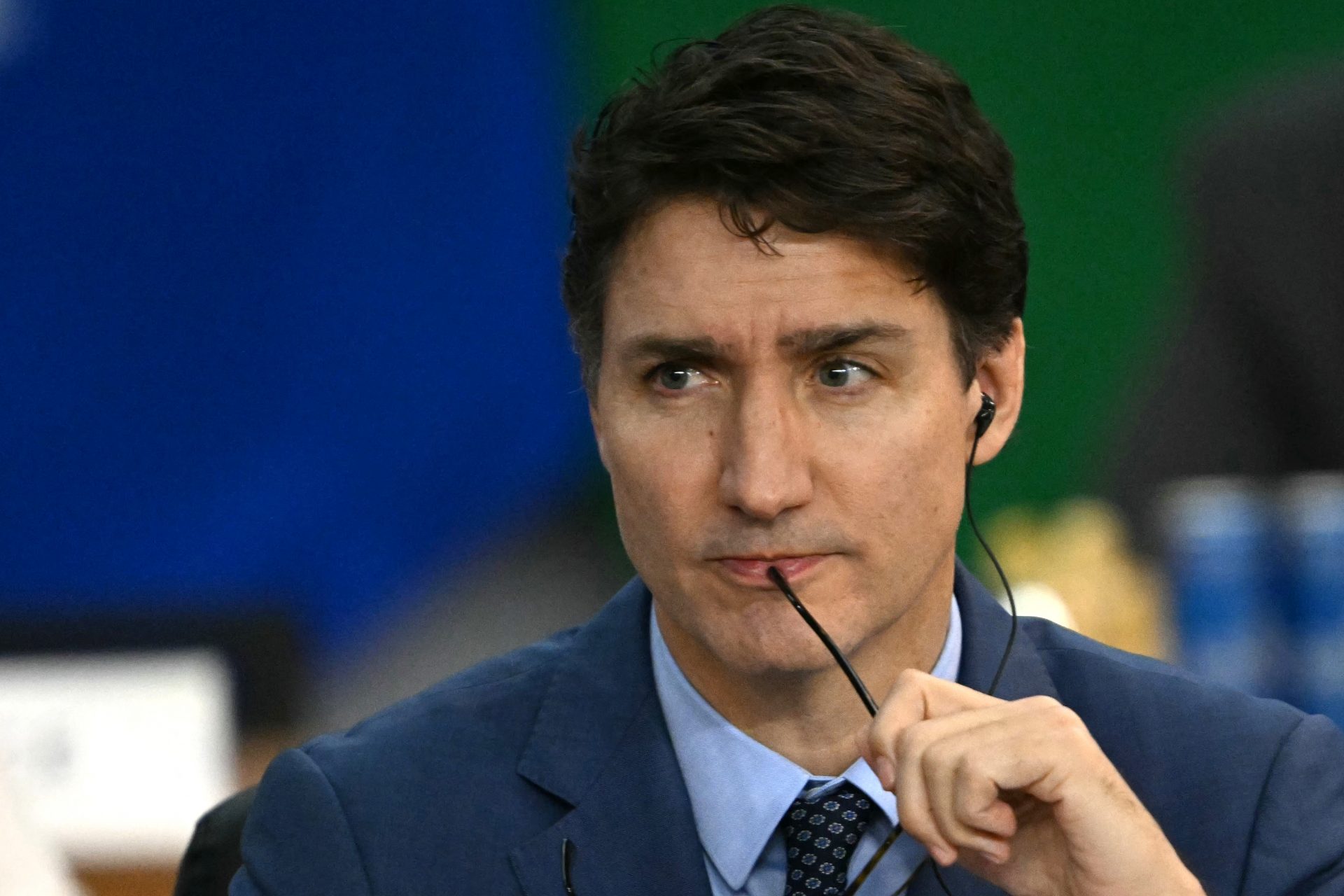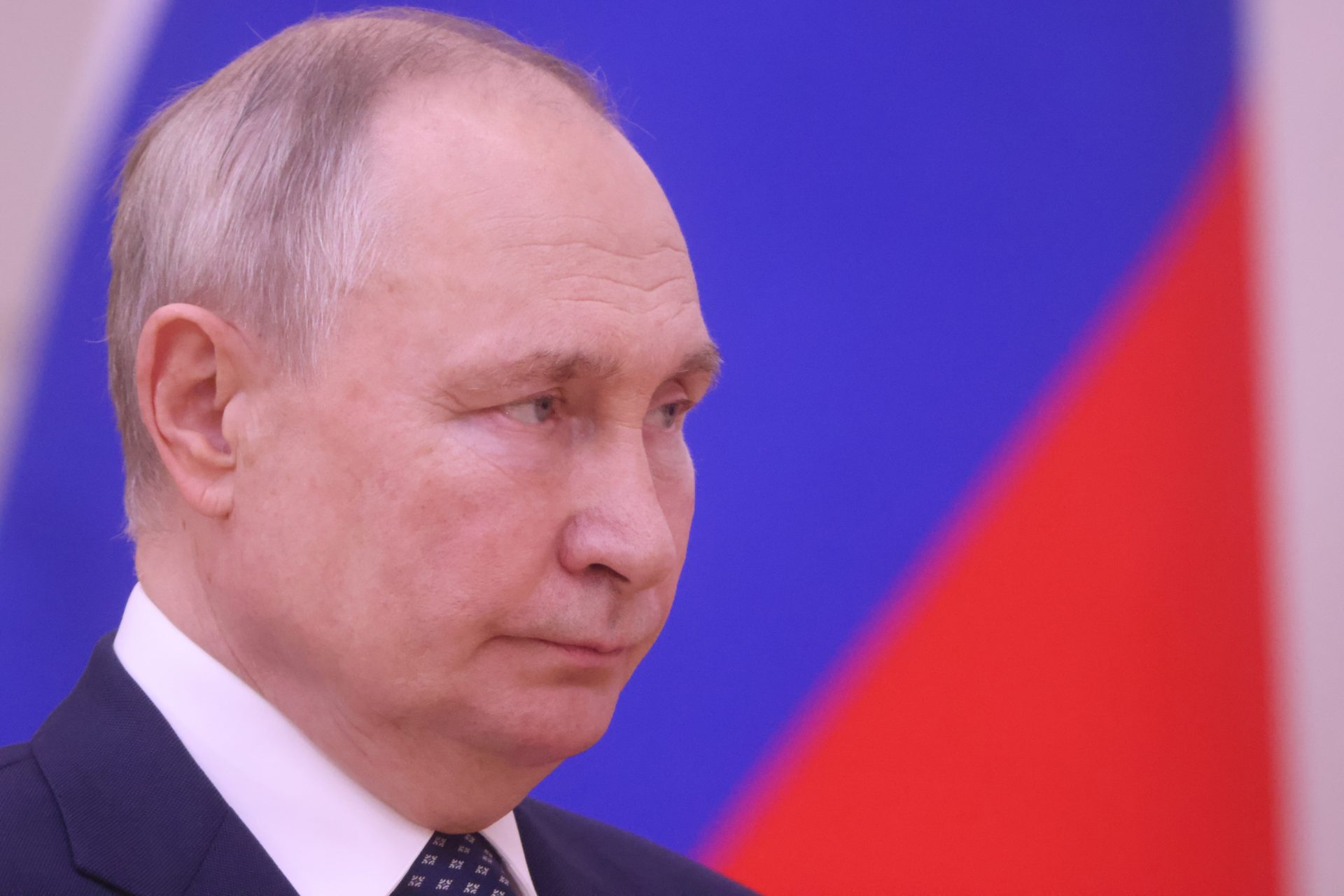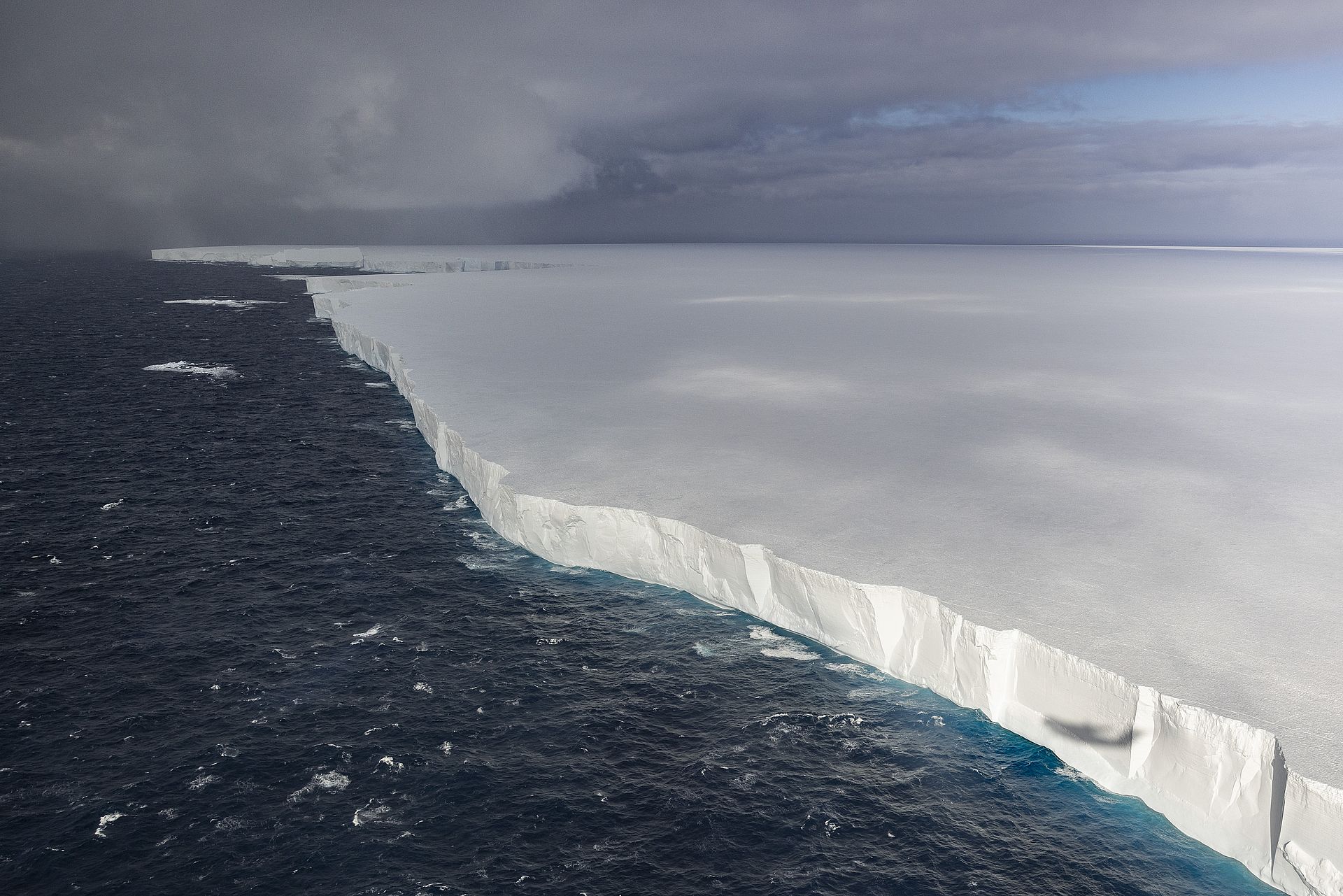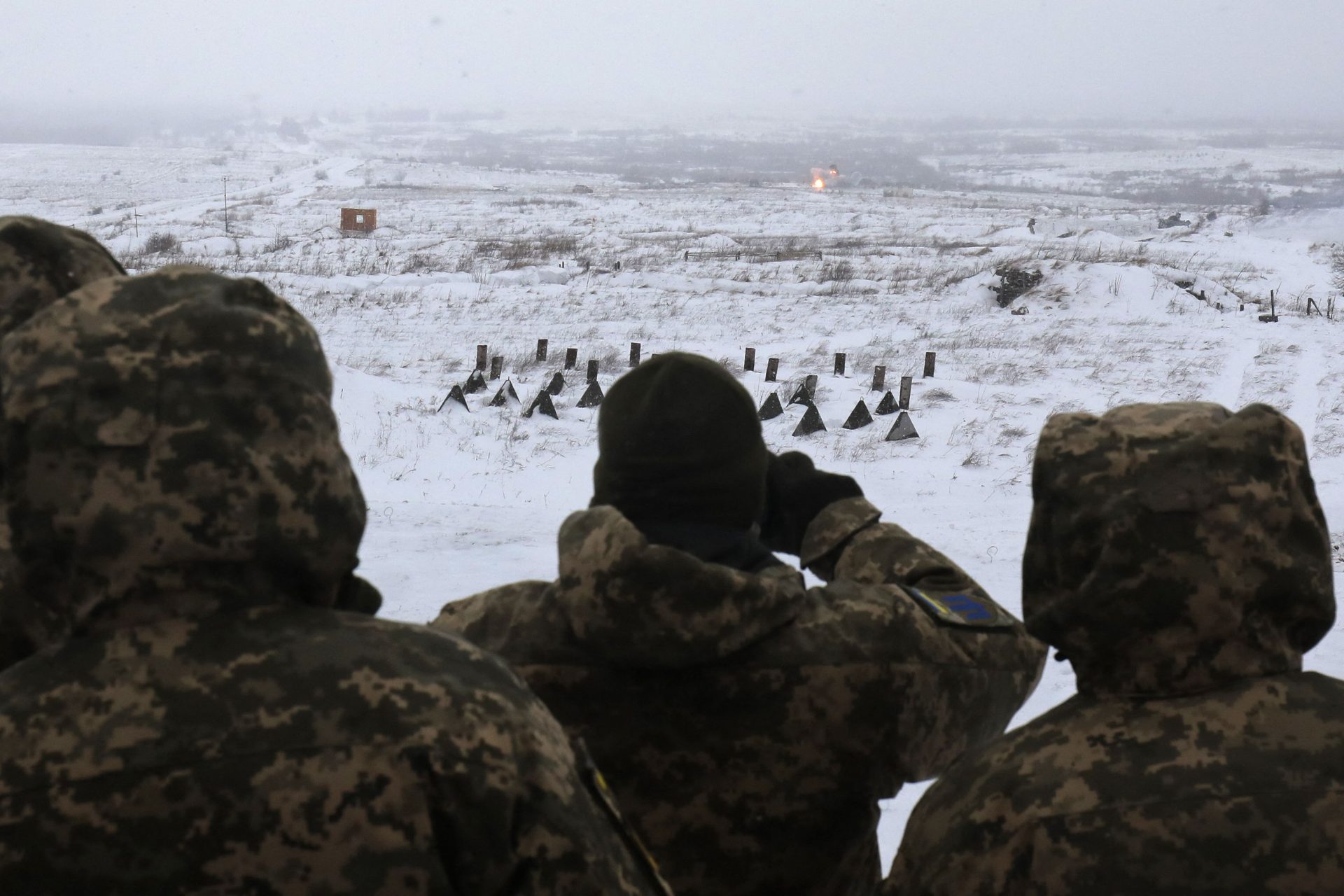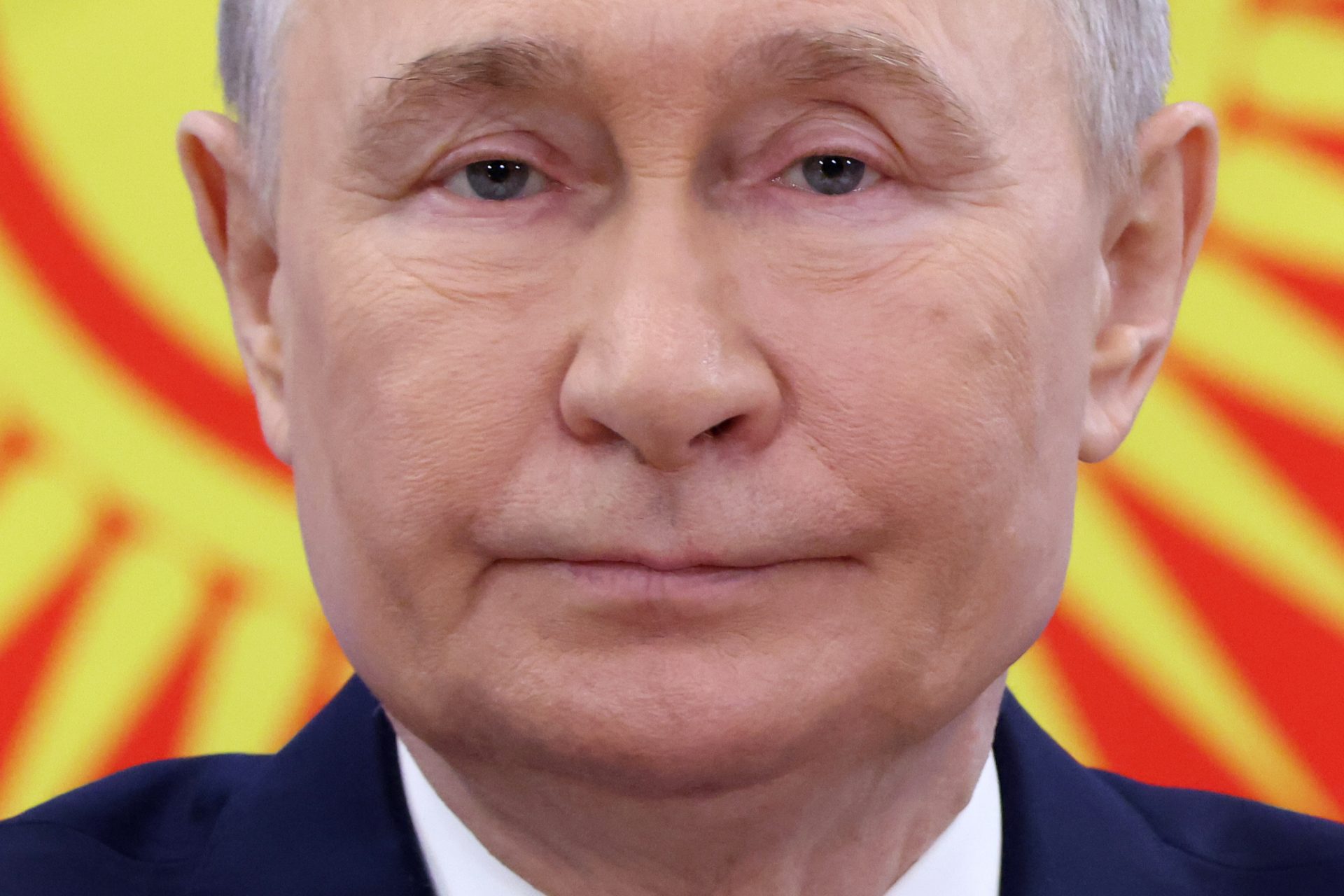'Fake news' is not a modern phenomenon, you'd be surprised how long it's been around
Former US President Donald Trump popularized the term “fake news” as a way to defend himself from the press, but fake news is hardly a new phenomenon.
However, the idea of false information, either out of ulterior motive or a genuine error, is as old as newspapers themselves.
With the rise of literacy in industrialized countries during the 19th century, newspapers became the first true massive medium. The press and the readership grew, but also what could be done with it.
An early hoax from an 1835 New York newspaper claimed that scientists have found creatures living on the moon. Readership grew and there was very little backlash when they admitted the fabrication one month later.
Media moguls such as Joseph Pulitzer and William Randolph Hearst became arbiters of opinion and knowledge. However, the press also became a profitable business that would not let the truth get in the way of a good story.
Image: A political cartoon at the time depicting caricatures of Pulitzer and Hearst trying to influence President McKinley with their yellow journalism.
Pulitzer and Hearst manipulated the sinking of the vessel Maine in Havana to get the United States involved in the Cuban War for Independence. Two months after the incident, the Spanish-American War broke out.
Sometimes fake news is simply an honest mistake. A great example of these is premature obituaries. Although they seem today a social media phenomenon, being falsely reported as dead in 1897 led Mark Twain to exclaim that “reports of my death are a great exaggeration!”
Sometimes something good comes out from having an inky brush with the Grim Reaper. After dynamite inventor Alfred Nobel read an erroneous obituary in 1888 where he was called a ‘merchant of death’, he felt compelled to bequest his entire fortune to create an award to honor the best of humanity: The Nobel Prize.
War has been a fertile ground for misinformation. During World War I, British newspapers claimed the German Empire had “corpse factories” to make soap and margarine out of dead bodies. This was proven to be false.
Tragically, early reports of concentration camps during World War II were dismissed, since many assumed they were based on the previously disproved rumor.
Nazi Germany was an innovator in the use of propaganda and media manipulation, under the philosophy of “The Big Lie”. The idea, explained by Adolf Hitler on ‘Mein Kampf’, is essentially stating something untrue and defending it til the end, forcing others to make it legitimate.
Nazi Germany invaded Poland, using The Gleiwitz Incident as an excuse. A group of German operatives posed as soldiers from the Polish army attacked a radio station on German soil, broadcasting a pro-Polish message. This strategy is known as a false flag operation.
The neighboring Soviet Union was no stranger to this strategy. Soldiers on the Finnish side shelled the Soviet village of Mainila, giving the perfect excuse to start out what is now known as The Winter War.
Russian President Boris Yeltsin admitted in 1998 that the whole incident was done by the Red Army to have an excuse to wage a war and annex part of Finland. His successor, Vladimir Putin, retracted this statement.
Sometimes the arrival of a new medium seems to promise to get rid of old vices from the establishment. The problem is that people usually remain the same.
In 1938, 23-year-old Orson Welles managed to scare the entire United States by doing an adaptation of 'The War of the Worlds' in the style of a news broadcast. Most people had tuned in late due to a more popular, rival program and missed the part where Welles stated that it was entirely fictitious.
Since the end of the Second World War, managing opinion and information has been vital for governments and corporations around the world. With social media and the infinite resource that is the internet, one would think the situation would be better, but discerning what is real and what is fake has only grown more complicated.
More for you
Top Stories




















